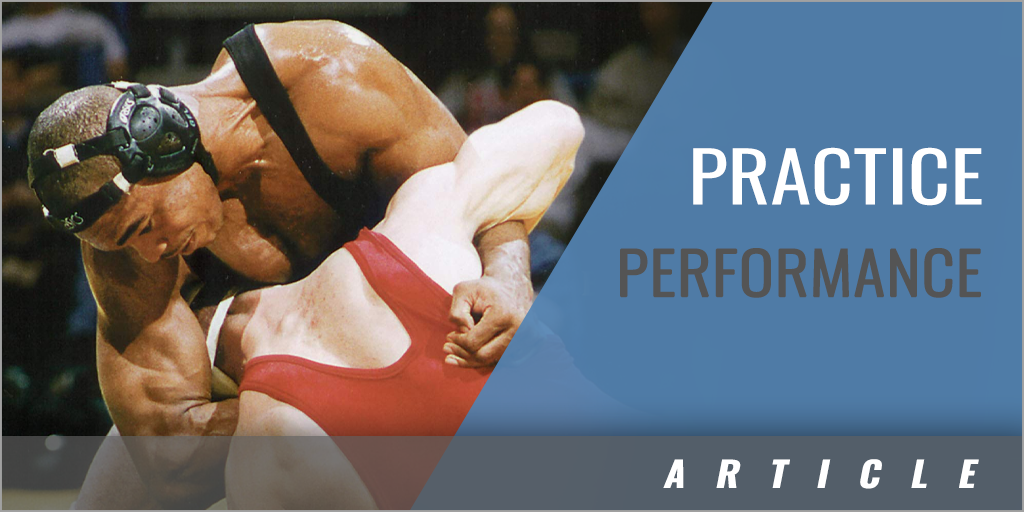|
By: Dan Gable Originally Published in: Coaching Wrestling Successfully Provided by: Human Kinetics You should be continually evaluating your wrestlers in practice: Is their stamina where it should be? Do they need to develop more strength? Are they executing moves and holds well? Are they aggressive, are they strong in their attack, are they playing to their strengths? Do they have the proper attitude? Are minor injuries cropping up? Do they have their body weight under control? Only by continually reading your athletes can you tell when to help them make adjustments. If, for example, your wrestlers begin to suffer minor injuries, you need to consider what's causing those injuries and adjust accordingly. It may be that they're tiring late in practice and need more conditioning, or per-haps they need more strength. Regardless, it's imperative that you make adjustments if you don't want a roster full of injured wrestlers. Sometimes adjustments involve the whole team, and sometimes they pertain only to an individual. Simply changing practice opponents can sometimes help get a wrestler back on track. To know when to make these adjustments, you'll need to not only understand your wrestlers, but also the sport of wrestling. Helping your athletes get to the next level takes great knowledge on the coach's part, not only in helping an athlete choose the next move, but in knowing when to step in and help an athlete adjust and when to let that athlete work through a challenging period in his development as a wrestler. Although I'd love to say that this decision gets easier as the season progresses, it often becomes more difficult. One thing that can help you make that decision easier is a video camera. Videotaping athletes during workouts can be helpful in a couple of ways. First, you can review the tape on your own and then later with individual wrestlers, going over the holds they need to improve. Second, the tapes don't lie. It's amazing what they can reveal about a wrestler's work ethic. I've seen some wrestlers, the great ones, leave practice with a thousand executions to their credit. Other wrestlers leave with no executions and then they wonder why they're not winning their matches. The wrestlers who are getting little accomplished in practice are usually surprised by what the camera catches: a lot of standing around, taking breathers, and so on. Seeing themselves on tape, whether to study their holds or to understand how they can get more out of themselves in practice, can be both instructional and motivating to wrestlers. Try not to let the wrestlers know you're taping, because that might affect their approach to practice. Those who are "dogging it" will get the message to turn the effort up when they see themselves on tape. Hopefully, though, your wrestlers won't need a videotape to motivate them to take their wrestling to another level as the season progresses. That motivation should come from within as they prepare for big matches or tournaments. |






